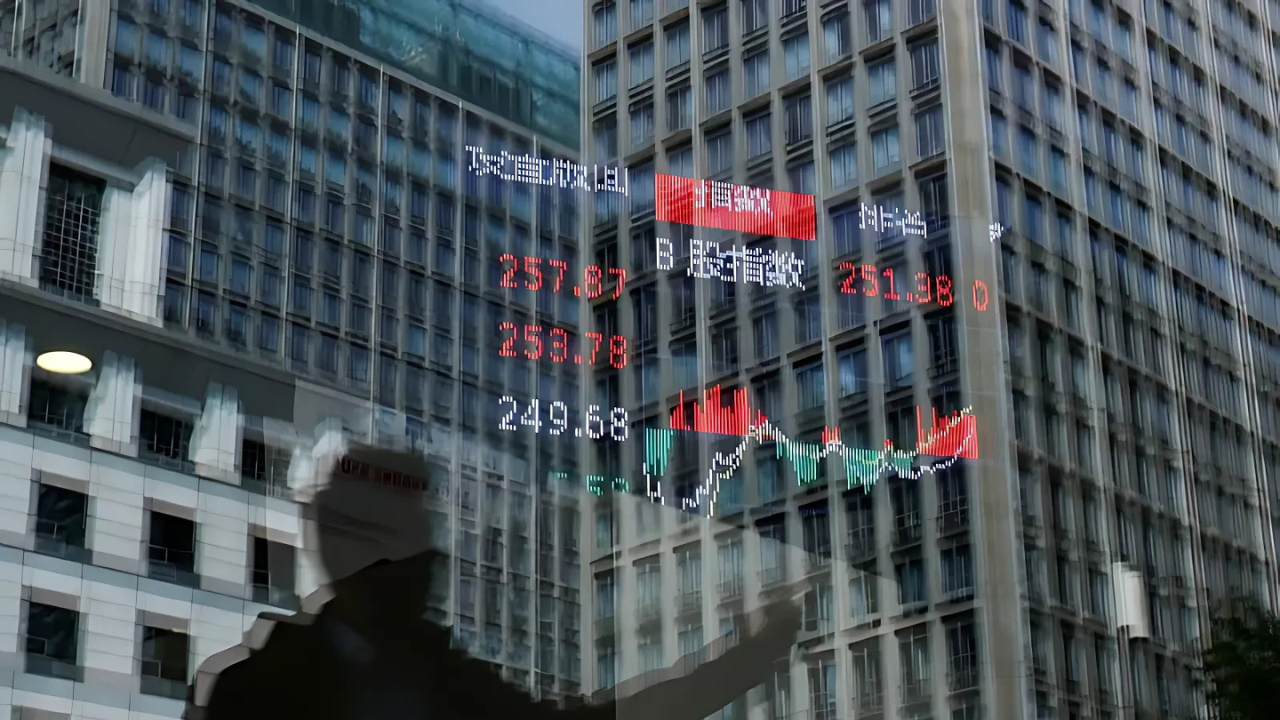
By: Sayan
Published on: Apr 10, 2025
In April 2025, global financial markets experienced a significant rally as credit default spreads (CDS) narrowed across Europe and Asia. This shift came after U.S. President Donald Trump announced a 90-day pause on import tariffs for dozens of countries—excluding China—easing fears of an escalating trade war.
Investors breathed a sigh of relief, leading to a rebound in equities, currencies, and fixed-income markets. This article explores the factors behind the tightening of CDS spreads, the implications for sovereign and corporate debt, and what this means for future market stability.
President Trump’s unexpected decision to delay tariffs on multiple nations (except China) alleviated concerns about a full-blown global trade war. Markets had previously priced in recession risks, causing CDS spreads to widen. The temporary reprieve led to:
The iTraxx Crossover Index, which tracks Europe’s most traded high-yield corporate debt, saw spreads drop from 427 basis points (bps) to 376 bps—a significant one-day improvement. Similarly, the investment-grade iTraxx Europe Index fell 11 bps to 74 bps.
Despite the improvement, both indices remained near 30-month highs, indicating lingering caution among investors.
The Markit iTraxx Asia ex-Japan Index (covering sovereign and corporate debt) declined by 8 bps to 114 bps, reflecting improved sentiment. Key movements included:
This suggested that while risks around U.S.-China tensions persisted, other Asian economies saw faster relief.
The April 2025 narrowing of credit default spreads signaled a temporary market rebound, but underlying risks persisted. While the U.S. tariff pause provided relief, investors should remain vigilant—especially with ongoing U.S.-China trade tensions.
For now, the rally offers opportunities, but a long-term strategy should account for potential volatility ahead.
Comments
No comments yet. Be the first to comment!
Leave a Comment